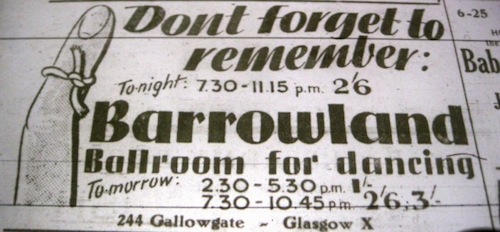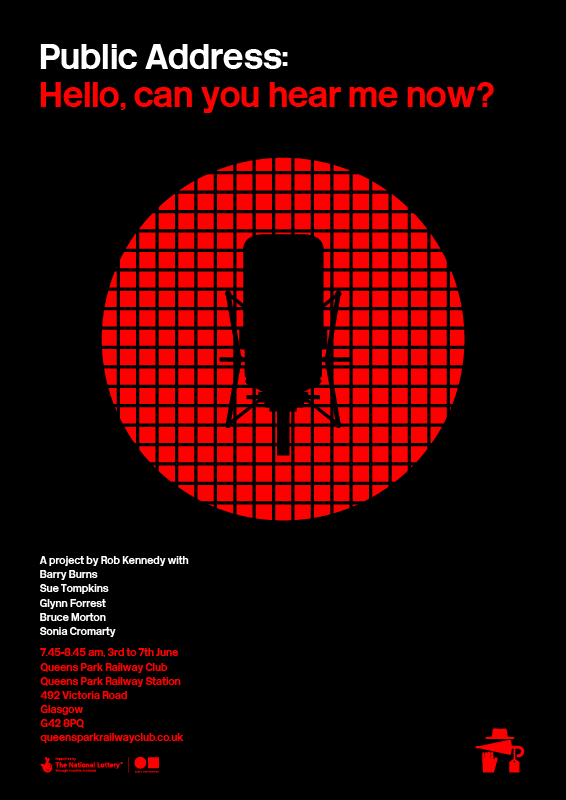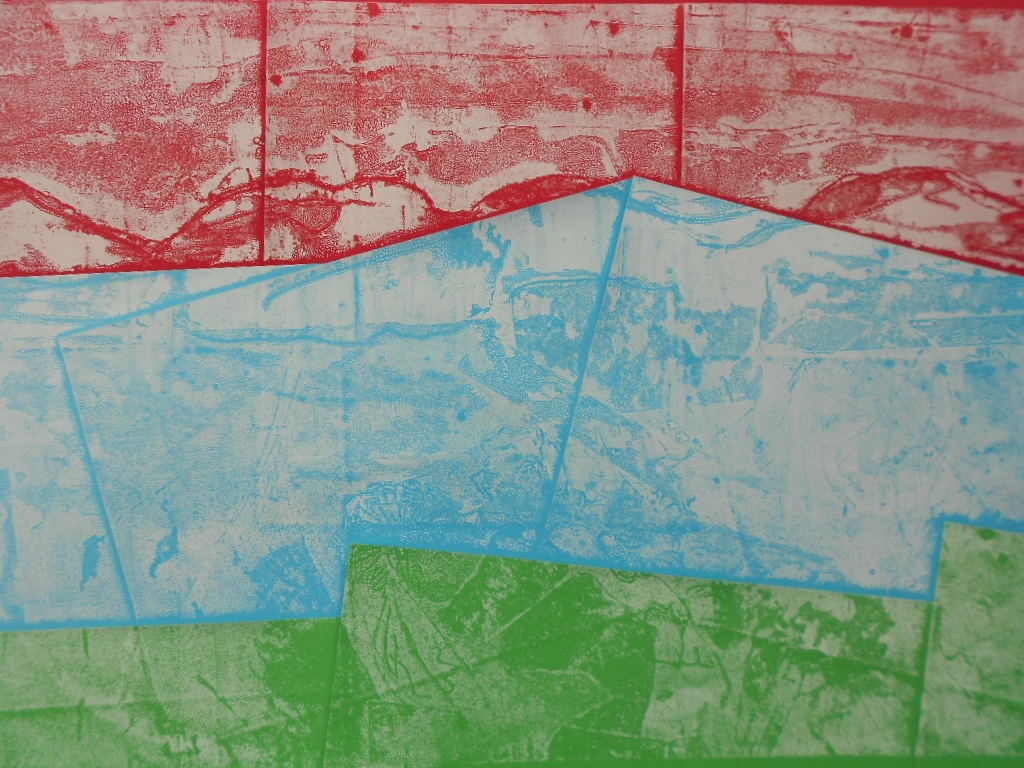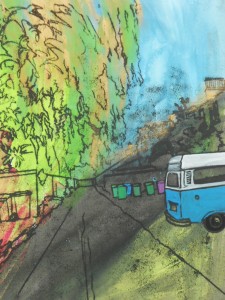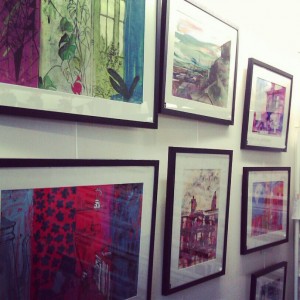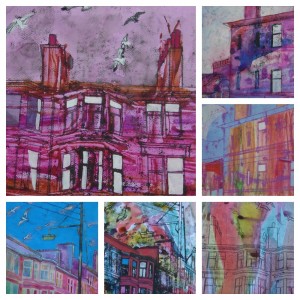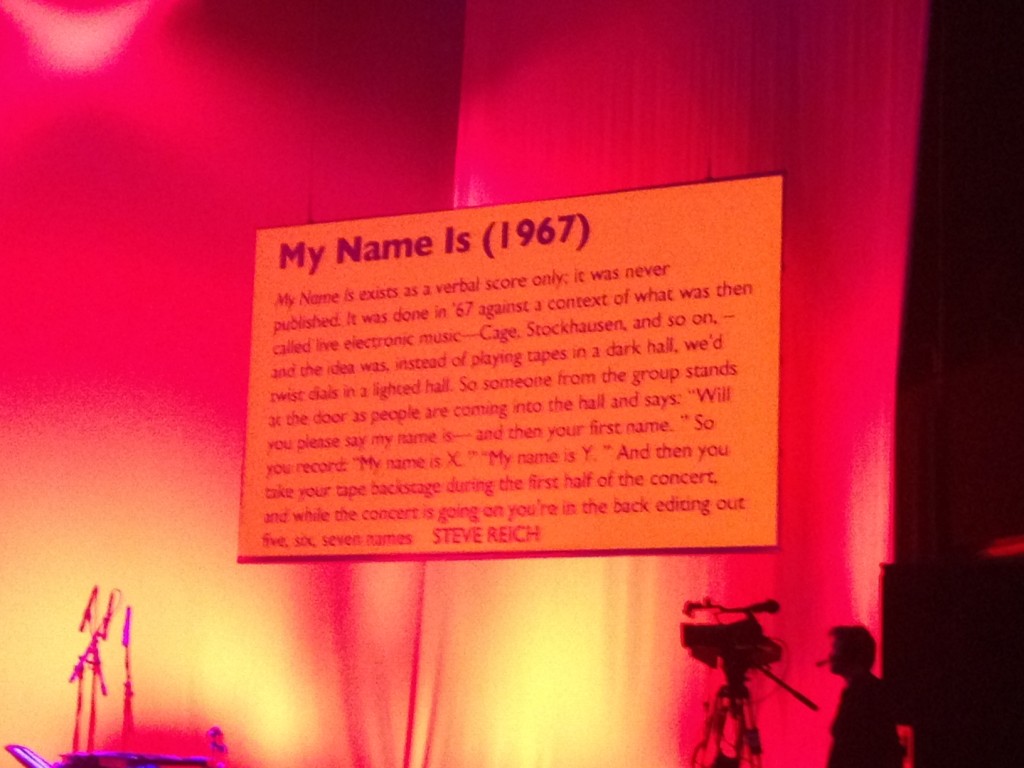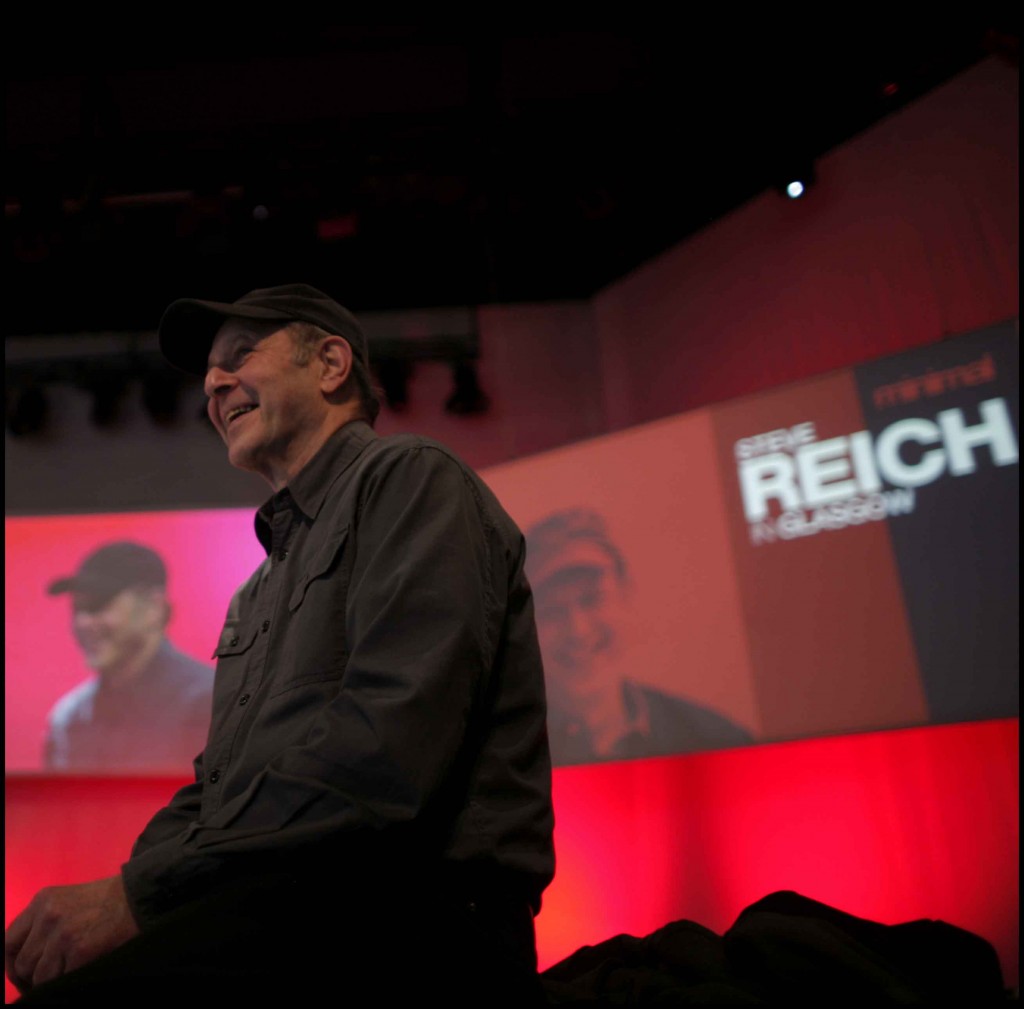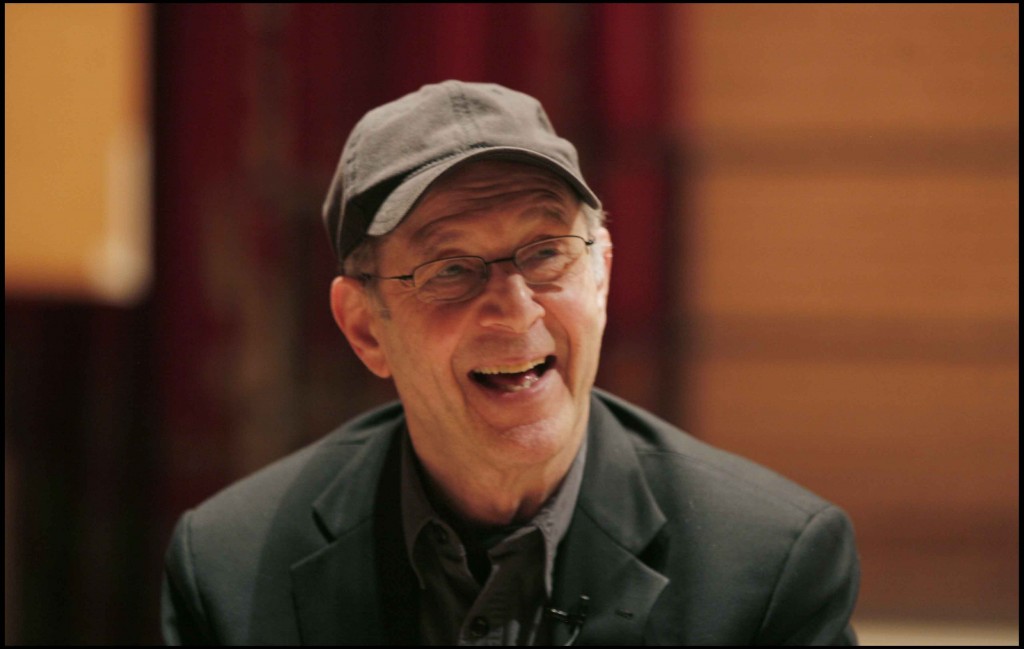This weekend was Doors Open Day in Glasgow and I volunteered to be a tour guide around one of my favourite Glasgow places – The Barrowland Ballroom. It’s 20 years since I first went to a gig there, and about 20 years since I first moved to Glasgow, so this felt like a good way to mark the occasion. It’s a unique place – still owned by the family who established it and the market it covers over – it has a very Glaswegian personality all its own. Here some Barrowland facts I put together for my tour:
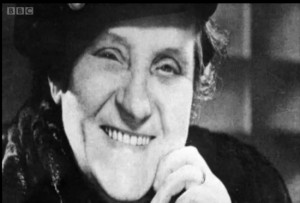
1. The Barrowland was built in 1934 by Margaret McIver – the matriarch of a family of nine children, who originally bought the land and established the market for traders and their “Barras”. The market was covered in 1926 and completely enclosed by 1931. She instructed her builders Hunter and Clark that the ballroom “should not encumber the ground,” and it was built on stilts above the market. It was a ‘Palais de Danse’ with a big band and became the venue for the traders’ annual Christmas party.
2. Due to enormous popularity the ballroom was extended in 1938. The original sign on the roof was a man pushing a barrow, imported from the USA, it was believed to be the first animated neon sign in the UK. A flash mechanism gave the impression of spinning wheels.
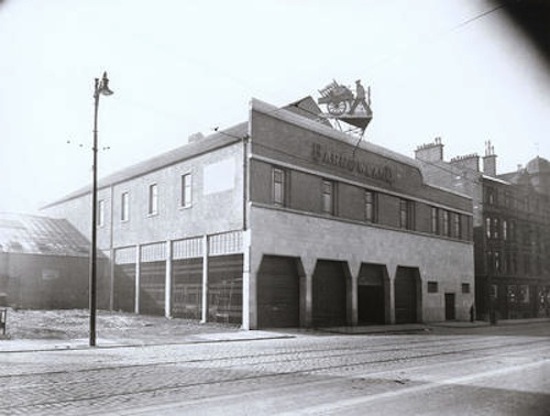
3. The original building was destroyed by fire on 19th August 1958 (just a couple of months after Maggie McIver died). The McIver family rebuilt it and dedicated it to her memory. It was reopened on Christmas Eve 1960.
4. Over the stairs as you enter the present building, there is a cartwheel – from the original neon sign – is the only remaining fixture rescued from the fire.
5. The present neon sign was completed in 1985, it is possibly the largest of its kind in the UK (but no one kept the paperwork) and apparently it costs £1.10 per hour plus VAT in electricity to run!
6. An extra floor was added to the 1960 building. There are 18 vertical columns and cross beams which were added in the late 1980s to reinforce the fabric of the building and accommodate the change of use to a rock venue – 1900 people jumping in unison on the floor above.
7. On the floor of the “crush room” (the additional middle floor which houses the cloakroom, merchandise stand, toilets, support dressing room, production offices and Barrowland 2 bar) is the musical score of the opening line of ‘I Belong To Glasgow’ (written by Dundonian music hall star Will Fyffe in 1920).
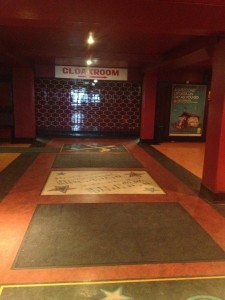
8. The area by the ladies which is now closed off used to be the powder room – with alcoves and lots of mirrors for ladies to fix their hair before going upstairs to dance – some used to arrive in their rollers and put the finishing touches to their hairdos before doing upstairs to dance.
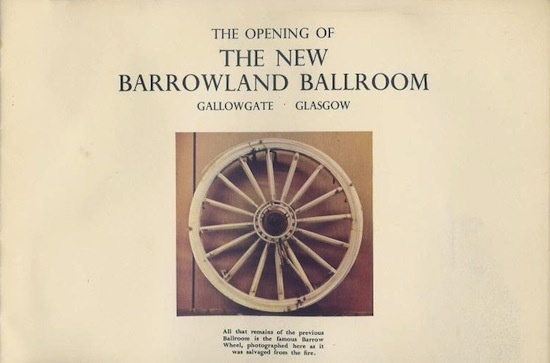
9.The production rooms and support dressing room. Donald MacLeod of Glasgow promoter CPL says “You canna trash a Barras dressing room because there’s f-all in it!”
10. When The Saw Doctors supported the Waterboys over two nights in 1989, they slept in the support band dressing room on the floor. When they later returned as headliners they requested the support room for old times sake. They’ve since headlined here 36 times – more than any other band.
11. When Barrowland 2 was Geordie’s Byre in the 1960s, it was home to Glasgow’s first disco – with a DJ. It has been redecorated several times since and now plays host to unsigned bands.
12. A team of paranormal investigators spent the night in the venue and claimed that “a man called James with a scar on his face and not much of a home life” was present… according to the staff, there used to be doorman answering that description…
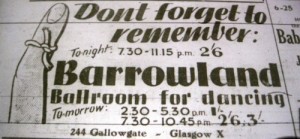
13. Upstairs in the main hall, the dance floor is made of specially imported Canadian Maple – underneath is criss-crossed batons to give the floor its springy quality. In its heyday it was considered the best dancefloor in Glasgow. The octagonal lay out is for sequence dancing so dancers can see their place on the floor. Choreographer Michael Clark was intrigued by the floor’s geometry and incorporated it into his Barrowlands Project which took place here in 2012.
14. The stage used to be on the opposite side of the hall but was rebuilt in its present position in the early 1980s. The pillars, made of Australian Walnut go round the back of the present stage.
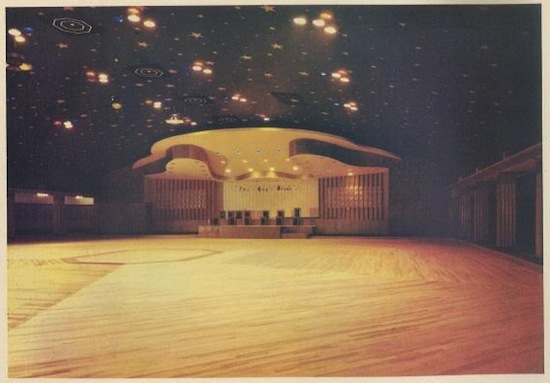
15. The oak prize boxes that used to flank the stage – for all manner of games and fun that the band leaders used to involve the audience in – are now in the People’s Palace.
16. In the 1930s, throughout the year the ballroom was rented to bandleader Billy (Bobby?) Blue and the Bluebirds who held regular dances, but canny Maggie McIver saw the queues for the dance nights and could see there was money to be made. She approached the drummer Billy McGregor to form a big band of his own and work for her. And so Billy McGregor and The Gay Birds become the house band. They continued to be the house band well into the 1960s.
17. The Ballroom was rediscovered as a rock venue in the early 1980s, after a stint as a roller disco – when Simple Minds choose it as the location for the video for their song ‘Waterfront‘, filmed there in 1983.
18. The stars on the walls of the main dressing room are often taken as souvenirs by bands – so often that the staff now make their own to replace them. David Bowie is alleged to have one in the bathroom of his Paris home.
19. The crew, many of whom came over from The Apollo when it closed in 1985, include Bill Gunn aged 66 – they’re famed for being able to get even the heaviest of gear up all the stairs without a lift.
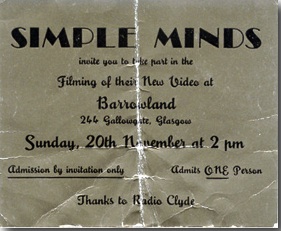
20. The Barrowland’s first wedding took place on Saturday September 21 2013 (in the middle of the Doors Open Day weekend) when author Nuala Naughton married Dave. The ceremony took place in the dressing room and the reception was held in Barrowland 2. Nuala’s book, Barrowland: A Glasgow Experience, was launched over the weekend and is the source of a few of these stories, it also contains a list of all the acts to have played at the venue since the relaunch in the 1980s.
Thanks to all at the Barrowland, especially General Manager Tom Joyes, the hardest working man in Glasgow!
